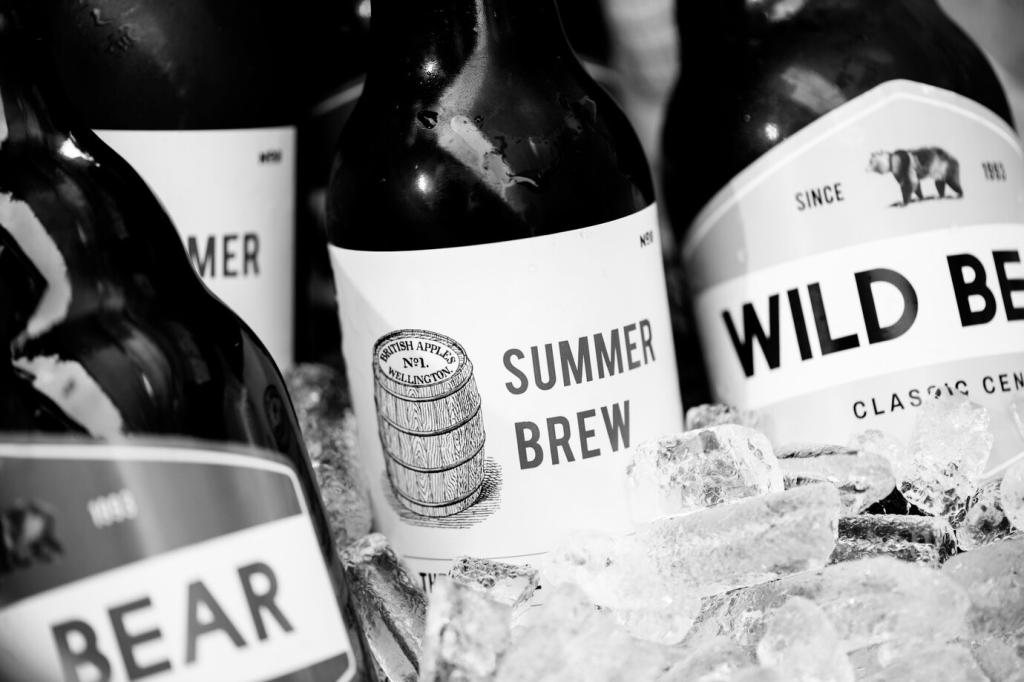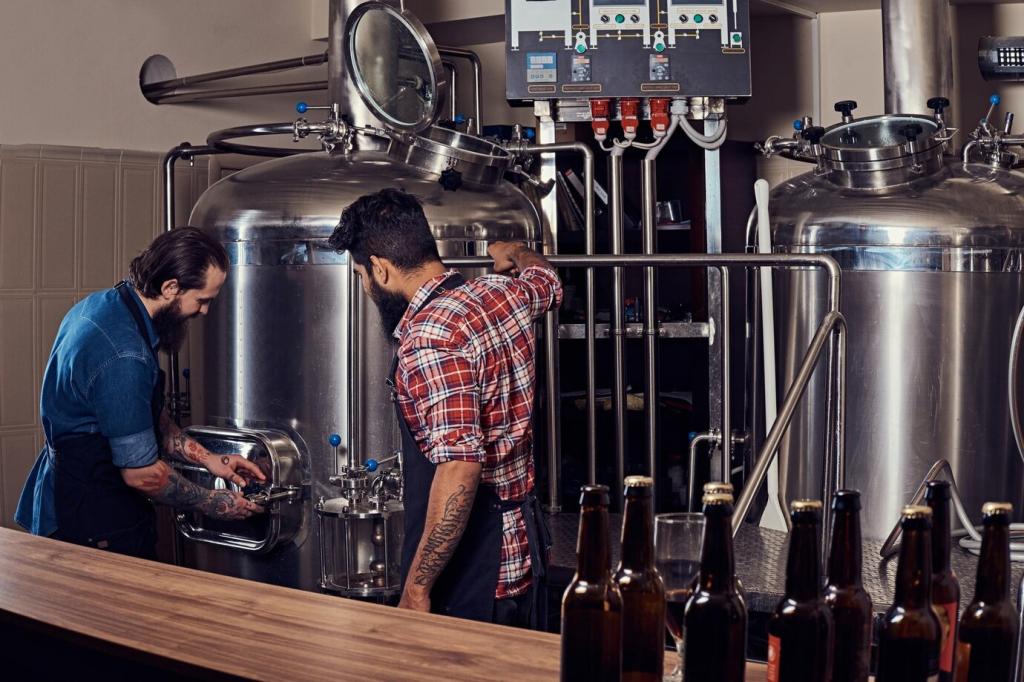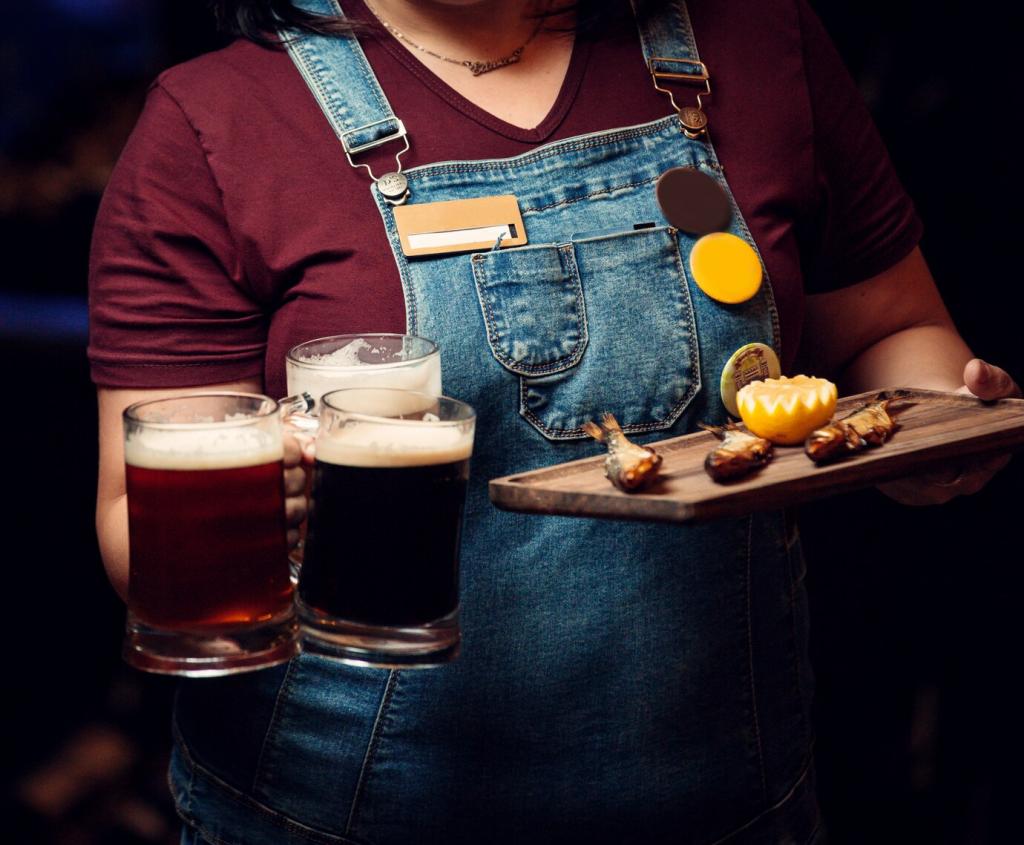Fermentation Temperature and Control
Warmer ferments generally increase ester production and can risk fusel alcohols, while cooler ferments lean cleaner but slower. Each strain has a sweet spot. Have you mapped flavor changes across a temperature range for the same yeast?
Fermentation Temperature and Control
Swamp coolers, insulated wraps, fermentation chambers, and simple controllers can stabilize temps affordably. Even seasonal room selection helps. Share photos of your setup, or ask the community for feedback on dialing in your next batch.
Fermentation Temperature and Control
Plan diacetyl rests, control oxygen exposure after fermentation, and manage blow-off for sulfur-laden strains. Consistency comes from clean gear, predictable temps, and patience. What’s your most reliable trick for cleaner, more stable yeast expression?
Fermentation Temperature and Control
Lorem ipsum dolor sit amet, consectetur adipiscing elit. Ut elit tellus, luctus nec ullamcorper mattis, pulvinar dapibus leo.









